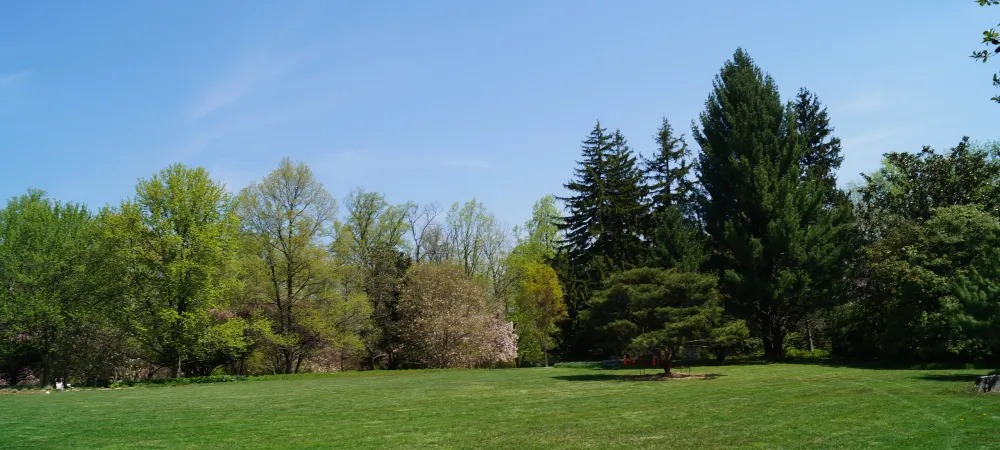Crape Myrtle Bark Scale - What You Need to Know

Crape myrtles are one of our favorite landscaped trees in the United States because they require minimal care, are drought-resistant, and flower beautifully in the spring. However, a nuisance named Crape Myrtle Bark Scale (CMBS), has popped up in recent years that has put these beautiful additions to your yard at risk. This insidious invader, though diminutive in size, poses a significant threat to the very essence of these beloved ornamental trees.
What is Crape Myrtle Bark Scale?
Crape myrtle bark scale is a type of non-native scale insect that can pose a significant challenge to manage. As a non-native scale insect, the CMBS has stealthily spread its reach across the southeastern United States in recent years.
These pests have a tough, waxy body covering that makes them resistant to certain pesticides, making them difficult to control once an infestation occurs. Look closely, and you'll notice the telltale signs of CMBS infestation – white or gray felt-like encrustations on the bark, twigs, and branches of crape myrtles.
They primarily target crape myrtle trees and sometimes beautyberry, causing leaf drop and poor growth and flowering when populations are high. Infested crape myrtle trees often feature blackened trunks and branches due to heavy coverings of sooty mold, which is a fungal disease that can grow on the honeydew secreted by the scale insects. Additionally, honeydew can get on cars, other plants, and nearby structures, which can attract bees, wasps, and ants.
Will Crape Myrtle Bark Scale Kill the Tree?
The good news is that while crape myrtle bark scale can be a serious nuisance, it is not usually fatal to the tree. However, its aesthetic impact can be severe, leading to reduced bloom size and quantity. To protect your beloved trees from this tiny threat, early detection and treatment are crucial. Keep a close eye on your crape myrtles for signs of infestation, and take swift action to prevent the scale from spreading.
Crape Myrtle Bark Scale Treatment
Faced with the looming threat of CMBS, vigilance and proactive measures are our best defenses.
- Systemic Insecticides: Applying systemic insecticides such as imidacloprid, dinotefuran, or thiamethoxam to the soil around the tree's drip line during late spring/early summer can effectively combat CMBS.
- Dormant Oil Sprays: In late fall/early winter, deploying dormant oil sprays can provide additional protection against CMBS infestations.
- Manual Intervention: Do not underestimate the power of manual removal. Pruning away heavily infested branches and ensuring proper disposal can help stem the spread of CMBS.
To effectively manage crape myrtle bark scale, treating proactively with a systemic insecticide is crucial. Because controlling this pest during an infestation is difficult, early intervention is vital to maintaining the health and appearance of your trees.

